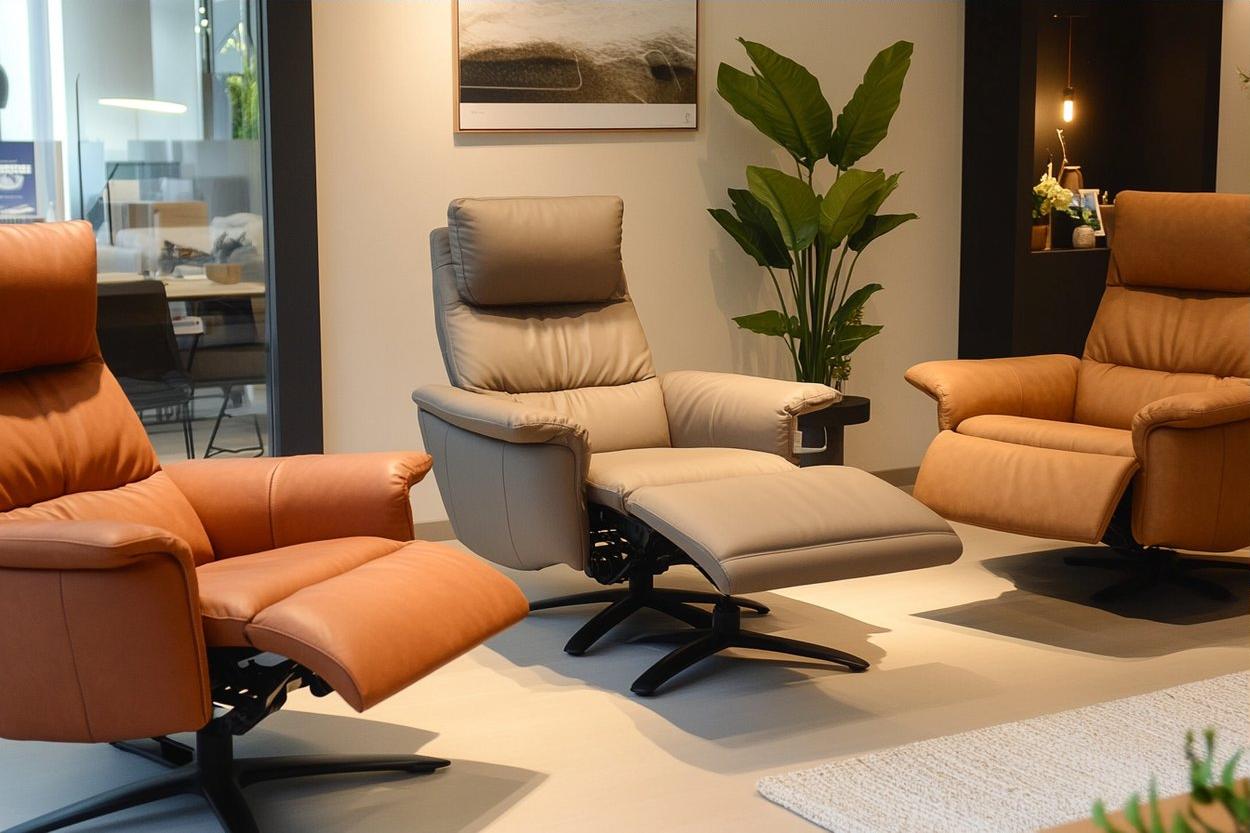Unmasking the Potential of E-textiles: The Future of Wearable Technology
Digital technology has woven its way into every aspect of our lives. But what if we could take this integration one step further, literally weaving technology into the very fabric of our clothing? Welcome to the world of electronic textiles, or e-textiles. This emerging field is set to revolutionize the way we interact with technology and potentially, even with each other.

A Thread of History
E-textiles are not entirely new. The concept of embedding electronics into clothing has been toyed with since the 1980s, with early prototypes involving simple LED lights sewn into fabric. However, it wasn’t until the 21st century that the field saw significant advancements, thanks in part to the miniaturization of electronics and advancements in flexible circuit technology. The past decade has seen a flurry of research and development, leading to some groundbreaking products and applications.
The Fabric of Today
The current state of e-textiles is extremely exciting. Companies and researchers worldwide are developing clothing and textiles with embedded sensors and electronic components, creating endless possibilities. For instance, Google’s Project Jacquard, which integrates touch and gesture interactivity into textiles, allows users to control their smartphone or other devices directly from their clothing.
In the healthcare sector, e-textiles have massive potential. Smart shirts can monitor heart rate and respiratory rate, while smart socks can help prevent diabetic foot ulcers by monitoring temperature and pressure points.
The Future that’s Woven in
The future of e-textiles holds promises that seem to be straight out of a science fiction novel. Imagine clothes that can change color at the tap of a smartphone, or workout gear that provides haptic feedback for a more immersive exercise experience. There’s even the potential for clothes that harvest energy from the wearer’s movements, turning kinetic energy into electrical power.
The price range for e-textiles, as with any emerging technology, varies widely. Basic items like fitness tracking shirts can be bought for less than $100, while more complex products like smart jackets with integrated touch controls can cost upwards of $350. As the technology matures and becomes more mainstream, however, prices are expected to drop.
A Snag in the Fabric
While the potential of e-textiles is enormous, there are challenges to overcome. One of the biggest roadblocks is durability. Electronics are delicate, and textiles need to be robust and washable. Integrating the two in a way that ensures longevity is a significant challenge. Additionally, there are issues with power supply and data processing that need to be solved before e-textiles can truly become everyday items.
Stitching it Together
E-textiles represent an exciting fusion of technology and fashion, a combination that could lead to a more intimate and seamless interaction with our devices. The road to widespread adoption may be long, with hurdles to overcome, but the potential benefits are immense. As we move into the future, our very clothing could become an integral part of our digital lives, a thread that ties us even closer to the technology that shapes our world.




